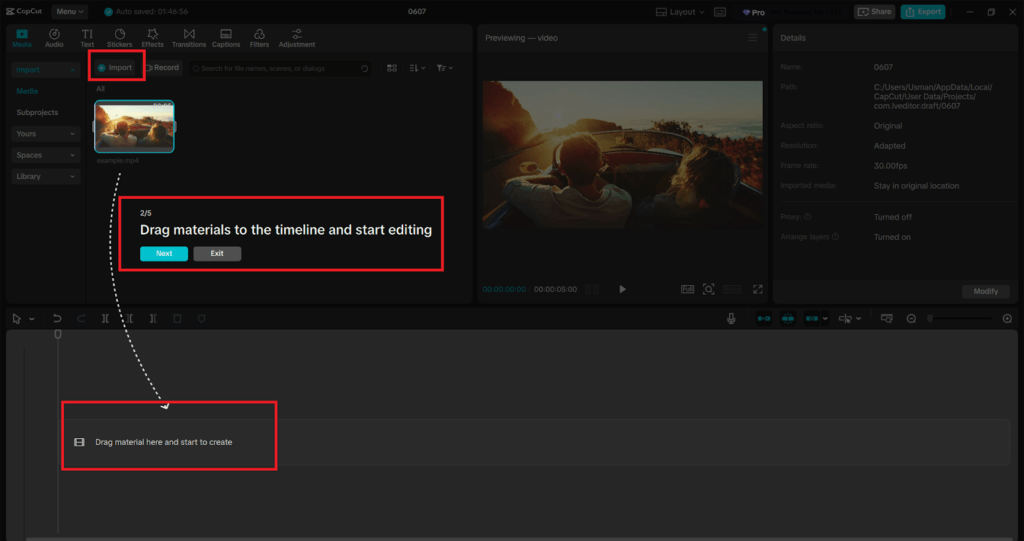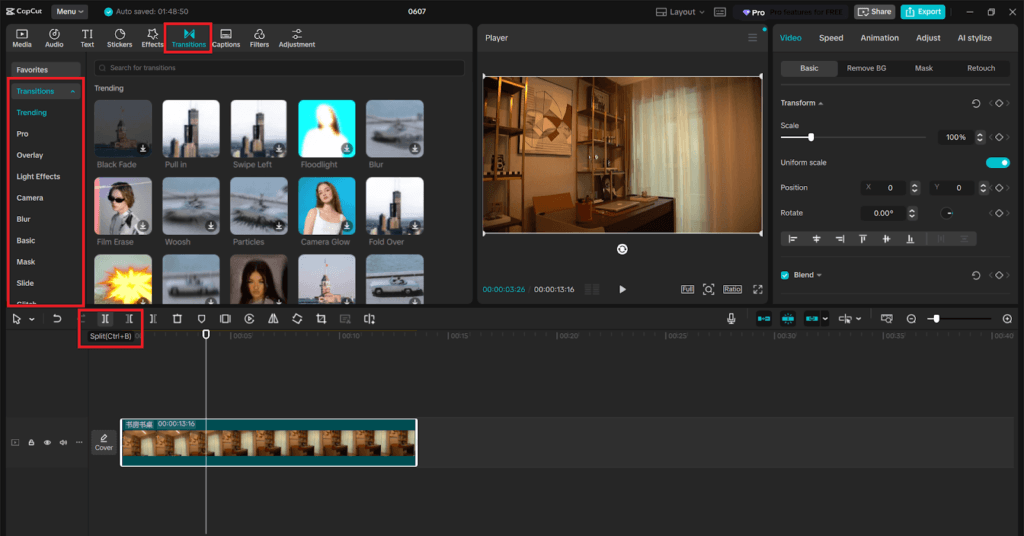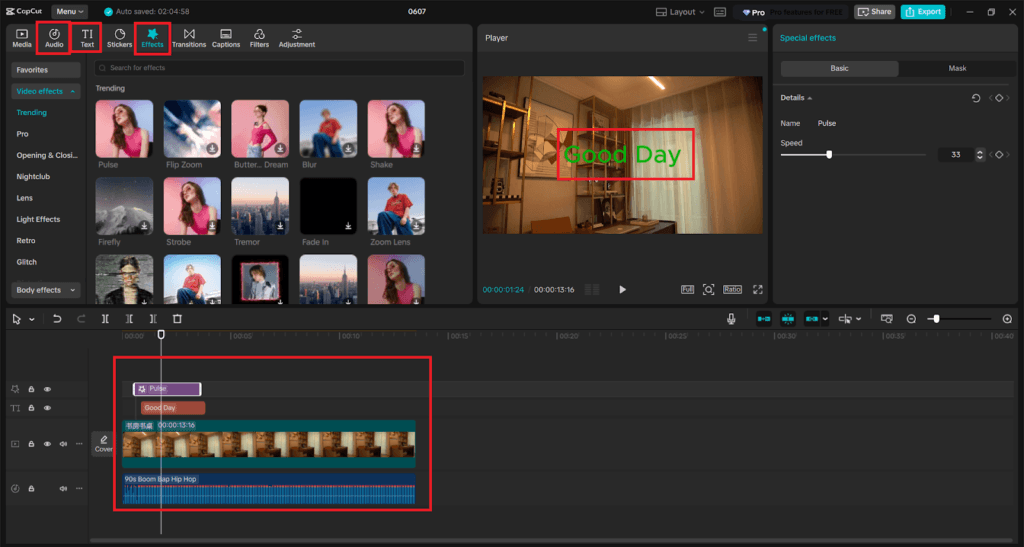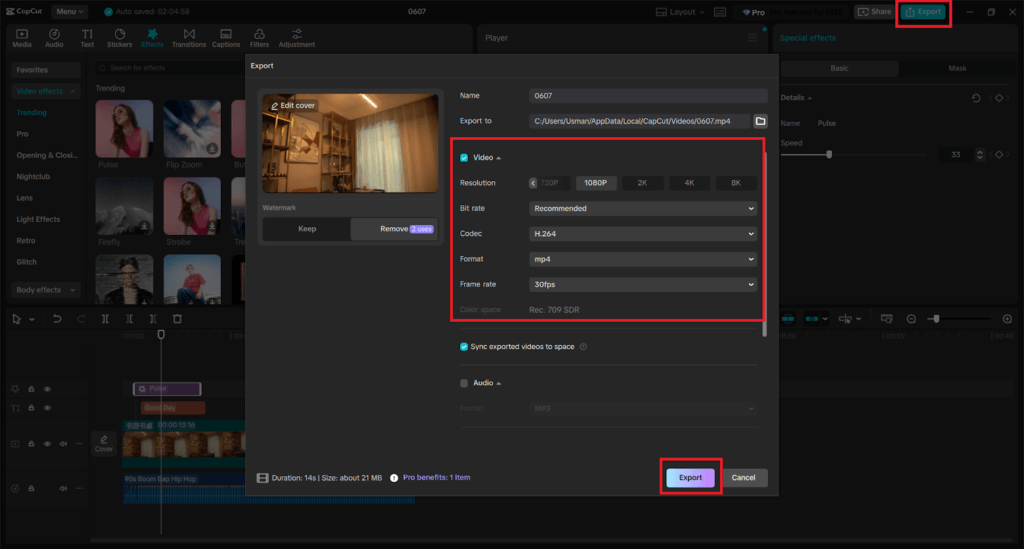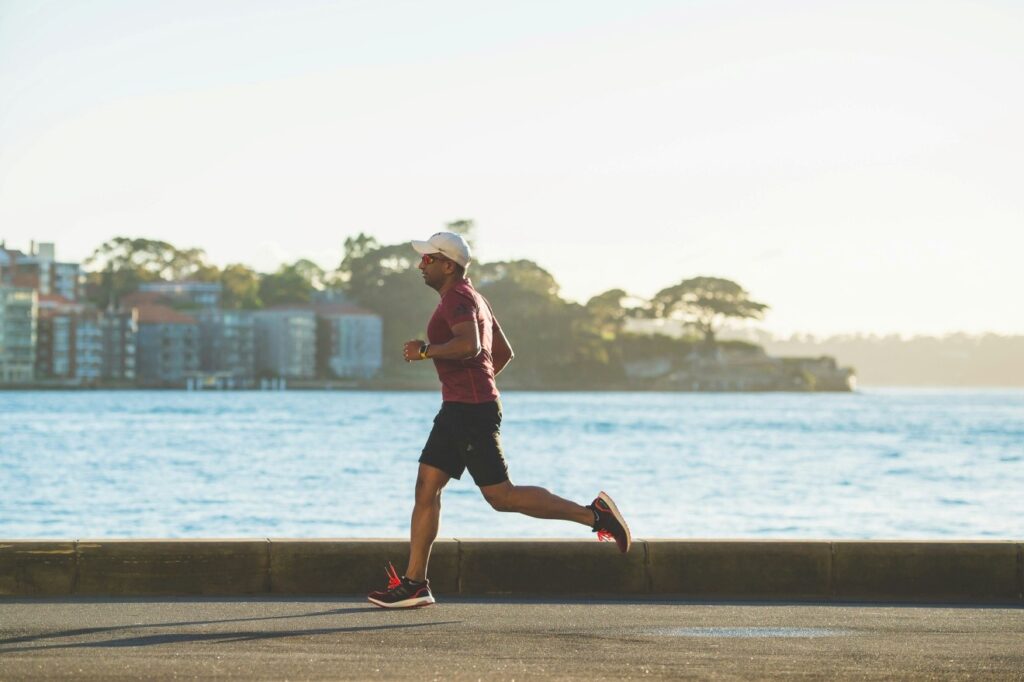
Does a running injury prevent you from hitting the trails?
Two-thirds of runners face injuries each year since they are extremely common. Runners training for marathons and those who jog for fitness both benefit from learning injury identification and treatment methods to avoid long-term physical damage.
And here’s the thing…
Runners face serious injuries when they choose to overlook initial warning signs. Runners must understand the appropriate times to rest and seek professional medical assistance to maintain their health.
What You’ll Discover Inside
- Common Running Injury Accidents
- Warning Signs You Shouldn’t Ignore
- Immediate Treatment Steps
- When to See a Medical Professional
- Prevention Strategies That Actually Work
Common Running Injury Accidents
Running injuries don’t just happen to beginners. Even experienced runners face these common problems:
Runner’s Knee (Patellofemoral Pain Syndrome)
Runner’s knee manifests as consistent discomfort around or behind your kneecap which intensifies during downhill running or stair climbing. Runner’s knee stands as the most prevalent running injury with roughly 40% of all running injuries involving this condition.
Why does it happen? Usually because of:
- Overuse
- Muscle imbalances
- Poor running form
- Worn-out shoes
Achilles Tendinitis
The burning sensation in your ankle’s back indicates potential Achilles tendinitis. Achilles tendinitis results from inflammation of the main tendon that joins your calf muscles to your heel.
This injury typically strikes when you:
- Suddenly increase your training intensity
- Run on hilly terrain without proper preparation
- Wear shoes with poor support
Shin Splints
Runners frequently experience sharp pain along their shinbone (tibia), particularly those who are new to running. Research shows that 65% of runners who train regularly get injured every year and shin splints represent one of the most frequent issues.
Shin splints often result from:
- Running on hard surfaces
- Wearing shoes that lack proper cushioning
- Having flat feet or high arches
- Increasing training too quickly
Plantar Fasciitis
The sharp pain in your heel when you take your first steps after waking up? Classic plantar fasciitis represents inflammation of the bottom foot tissue.
This painful condition often happens when:
- You have excessively high arches or extremely flat arches.
- You suddenly increase your mileage
- You run in worn-out shoes
- You have tight calf muscles
Stress Fractures
Stress fractures rank as the most critical among common running injuries because they involve small bone cracks resulting from continuous force application. Immediate medical intervention is necessary for these injuries to stop them from developing into complete fractures.
Runners might experience a stress fracture when:
- Training intensity increases too quickly
- Running surfaces are too hard
- Their dietary intake lacks sufficient calcium and vitamin D
- They have a history of prior injuries
Warning Signs You Shouldn’t Ignore
It is difficult for people to identify when minor discomfort escalates into a serious medical issue. Neglecting warning signs can result in a slip and fall accident or severe injury which may necessitate legal support from a San Diego slip and fall accident lawyer if the incident occurs due to negligence in a public space.
These important warning signs indicate when your running injury demands professional attention.
Pain That Gets Worse During Activity
While initial running discomfort is normal, any pain that increases as you continue your run should be seen as a warning sign. Running injury data shows that approximately 46% of runners experience injuries each year with the knee and Achilles tendon/calf being the primary affected regions.
Swelling and Inflammation
The body uses inflammation to heal itself but significant swelling along with warmth and redness shows a serious issue.
Pain That Affects Your Running Form
Altering your running gait due to pain does not solve the initial injury and might result in additional physical issues.
Pain That Persists During Rest
The continued presence of pain hours after your run or upon waking the following morning indicates your body has an underlying issue.
Recurring Injuries
Runners who have previously suffered injuries face double the risk of sustaining new injuries. Repeated injuries indicate an underlying problem that needs investigation.
Immediate Treatment Steps
Responding immediately to a running injury helps stop it from getting worse. Follow these steps:
R.I.C.E. Protocol
Most running injuries respond well to this established method.
- Take a break from running and stay away from activities which cause pain during recovery.
- Use ice packs on the injured area for 15-20 minute sessions several times throughout each day.
- Wrap the affected area with an elastic bandage to minimize swelling.
- Place the injured area above your heart level whenever possible.
Anti-Inflammatory Medications
Pain and inflammation can be effectively managed by taking over-the-counter anti-inflammatory drugs such as ibuprofen. Using painkillers to mask your pain during a run will lead to severe consequences.
Gentle Stretching and Mobility
For some injuries, gentle stretching can help. Performing incorrect stretches can lead to the worsening of specific injuries. Research what’s appropriate for your specific injury.
Proper Nutrition and Hydration
Your body needs proper nutrients to heal. Focus on:
- Protein for tissue repair
- Vitamin C for collagen production
- Calcium and vitamin D for bone health
- Adequate hydration for overall recovery
When to See a Medical Professional
Running injuries may require professional medical treatment instead of home remedies for proper healing. Here’s when to seek professional help:
Severe Pain or Swelling
A doctor should be consulted immediately if there is intense pain or significant swelling.
Pain That Doesn’t Improve
If you’ve been following the R.I.C.E. Professional assistance should be sought when following the R.I.C.E. protocol for several days fails to show improvement.
Numbness or Tingling
Nerve involvement may cause these symptoms and requires immediate medical evaluation.
Inability to Bear Weight
You should seek immediate medical care if placing weight on your injured area causes severe pain.
Visible Deformity
Any obvious deformity needs emergency medical attention.
Prevention Strategies That Actually Work
Preventing running injuries is the most effective method to manage them. Here are proven strategies:
Proper Running Form
Maintaining proper form while running diminishes the stress placed on your joints and muscles. Consider:
- Running with a slight forward lean
- Landing midfoot rather than on your heel
- Runners should aim for a step frequency close to 180 steps every minute.
Appropriate Footwear
The selection of appropriate running shoes based on both your foot type and running style plays a vital role. Running shoes should be replaced after between 300 and 500 miles because they lose their cushioning and support when they become worn out.
Gradual Training Progression
You should only boost your weekly running distance by 10% to avoid injuries. This approach allows your body time to adjust to the higher intensity demands.
Cross-Training
Adding activities such as swimming and cycling or strength training minimizes running stress while enhancing overall fitness.
Listen to Your Body
The best prevention strategy involves careful monitoring of your body’s signals. Take rest whenever you feel you need it and avoid continuing when experiencing pain.
Wrapping It All Up
Almost every runner will face injuries during their running journey. Early recognition of warning signs followed by swift action enables you to lessen downtime and resume your favorite activities.
Every runner has their own specific needs so strategies that benefit one athlete might not benefit another. Understand that your body needs time to strengthen and avoid pushing it beyond safe limits.
To protect your legal rights and seek compensation for medical expenses you should consult a San Diego slip and fall accident lawyer if your running injury resulted from unsafe conditions or someone else’s negligence.
Prioritize your safety and pay attention to how your body responds to maintain your enjoyment of running into the future.


